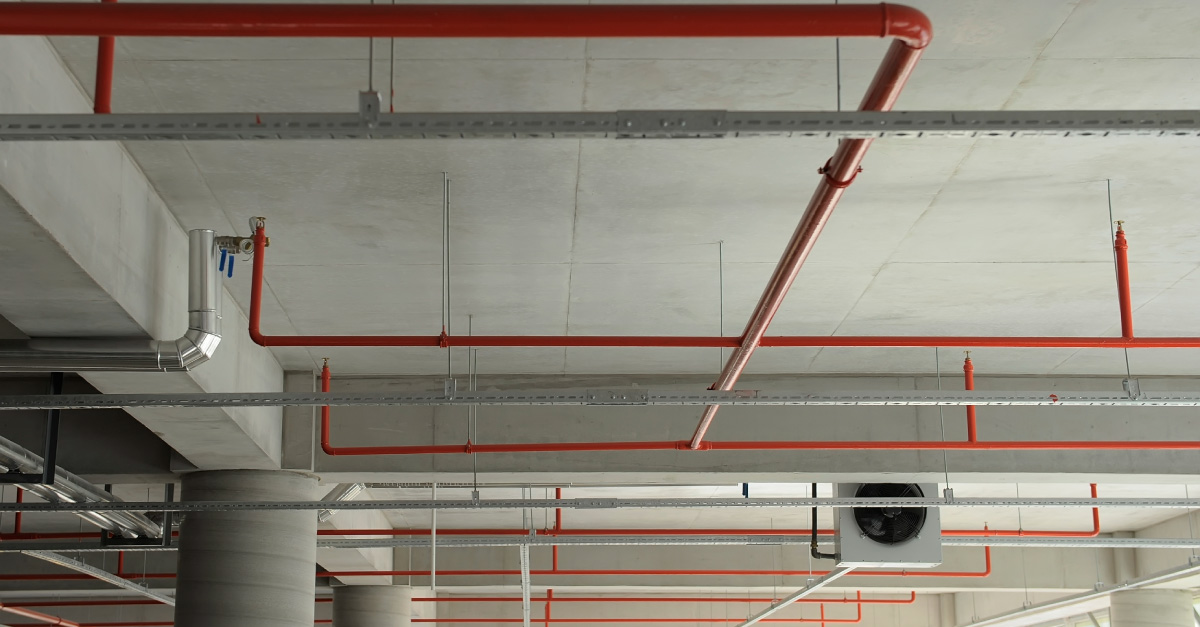Published January 9, 2019

With winter in the northeast, we think of the dry air indoors and the crispness a wind and cold temperatures outdoors. We tend to think more about our water filled plumbing lines at home than compressed air or dry systems at work. But remember:
When we are inspecting sprinkler systems there are a wide range of components we check, including what part of the system is exposed to the elements. We remind business owners that having a dry sprinkler system does NOT mean that pipes don’t freeze even though they are filled with air versus water. Air has water in it – even when filtered.
I found this interesting example of water condensation from Plant-Maintenance.com.
For a 200 HP compressor operating at 60 degrees with 40% relative humidity, 50 gallons of condensate was produced daily. When increasing the temperature to 90 degrees and 70% humidity the condensate produced increased to 260 gallons daily.
To be fair, dry sprinkler systems do not function within that range – the example was to drive home the point that temperature and humidity impact how much the moisture in the air translates to water condensing in the lines.
At PSI, what we have found during sprinkler inspections is any dip in the piping, clogged drains or improperly placed legs provides a place for water to condense and collect. Imagine air moving through a system from a heated office environment to an outside loading dock area. During the colder winter, water mist turns to water vapor, collecting on the inside of pipes and running to the nearest low point. Where water collects it freezes when the temperature drops. The freezing water expands, breaking fittings, pipe and seals and instigating a release of water from the sprinkler system. That’s never a call a building manager or business owner wants to get.